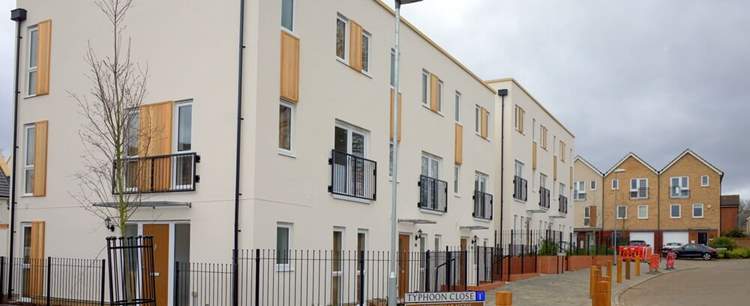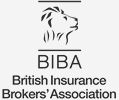Property, such as your home, which has been transferred into a trust is vulnerable to the same risks and perils of damage or loss as any other property. It too requires the appropriate form of insurance – and this is called property in trust insurance.
What Is A Trust?
A trust is an entity quite separate from and independent of the individual who may have set it up. Trusts are typically established as a way of managing your financial affairs, especially as you grow older, and start to make provision for your children or others to whom you want to pass on your property as an inheritance.
When property is transferred to a trust, ownership also passes from the current owner of the property to the trust.
The person transferring property into a trust is called the “settlor”; the person named as the “beneficiary” is the one who benefits from the trust’s ownership of the property; and the person who manages the trust is called the “trustee”.
Why Trusts Are Formed
There are a number of reasons for creating a trust and different types of trust reflecting those reasons. Nevertheless, the principal reason is to achieve a transfer of ownership of the property whilst you and any beneficiaries continue to enjoy its use – say, through the payment of a nominal rent to the trust.
For a detailed guide about the ways in which your assets may be protected by transferring them to a trust is available in our Free Guide to Putting a Property in Trust.
Insurance For Properties In Trust
Once the property and its ownership is transferred to a trust, it is important that it is protected against the risks of loss or damage by specialist property in trust insurance.
With the change in ownership, any home insurance which was in your name is no longer valid – since you do not have an insurable interest in it any more. That insurable interest now rests with the new owners, the trust, which may only claim for any loss or damage if new insurance is arranged in its name.
Correspondence – including insurance renewal notices – between the insurers and the trust is conducted in the latter’s name and at the latter’s address, which is likely to be different from the property itself.
With the transfer of ownership, public liability also changes. If a visitor to the property, a neighbour or a passerby is injured or has their property damaged through some connection with the property in question, it is the trust – and no longer you – which may bear legal responsibility and be held liable.
Unless appropriate public liability insurance is in place – in the name of the trust – the trust must bear the cost of any claims made against it by anyone who has been injured or had their own property damaged.
Claims such as this may assume very significant proportions and property in trust insurance therefore typically provides a minimum of £1 million indemnity for the trust against public liability claims.
Further reading: The Complete Guide to Insuring a Property which is in a Trust.







